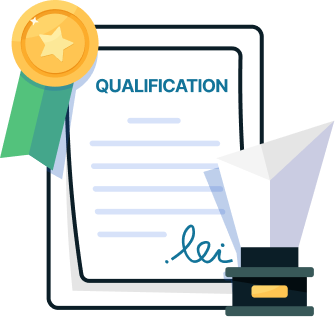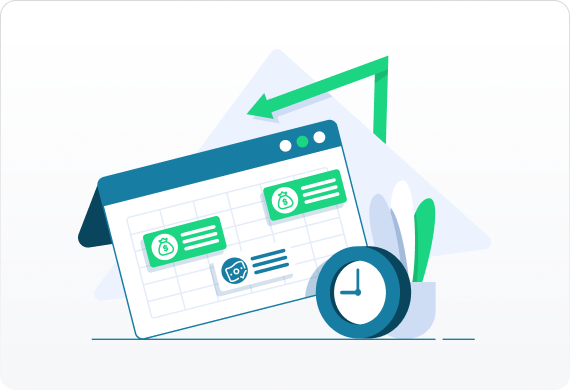Dry cleaners are big business, generating combined nationwide revenues of $8.0 billion a year, with a compound annual growth rate of 3.4%. The profit margin on a dry cleaning shop is a whopping 150%, making this an attractive investment opportunity for many small business owners.
With an excellent return on investment and cash flow generating potential, now is the time to invest in a dry cleaning business. But if you’ve been thinking of opening a new dry cleaning shop, or expanding an existing operation, you might not have enough cash on hand to fund your plans. In which case, you’ll need to borrow.
If you already know that you need funding, you can apply online in just minutes. But if you’re not sure how much you need to borrow, what you can afford, or the best loan product for your business, read on.







